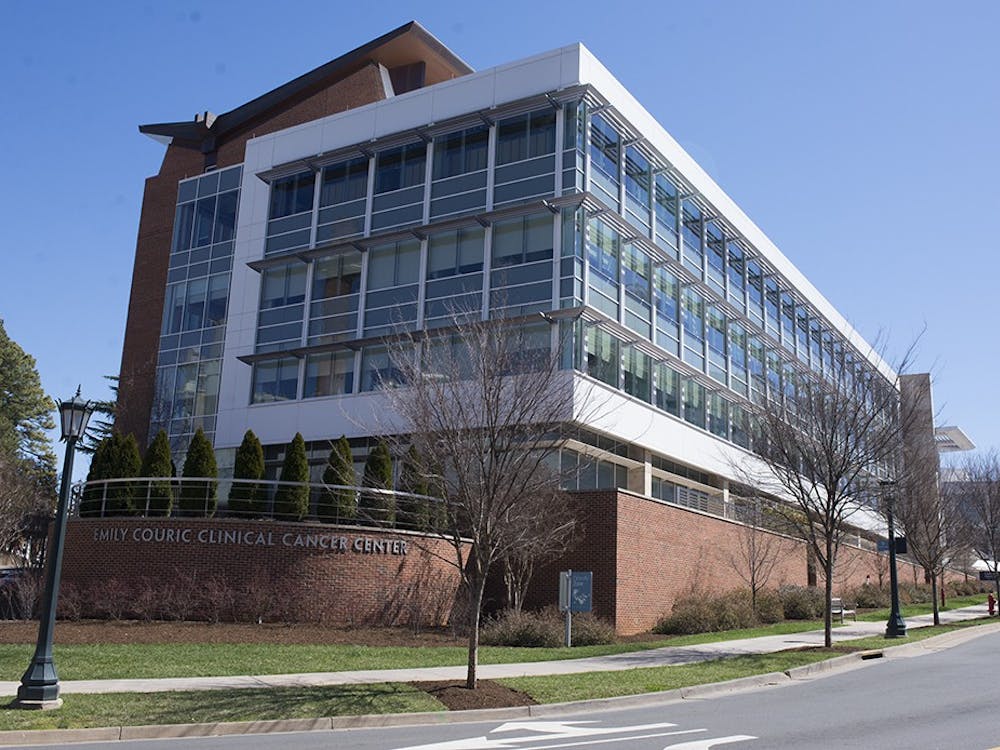Amateur storm chaser Michael Theusner photographed the second recorded triple rainbow as well as the first quadruple rainbow outside of Bremerhaven, Germany in June. This month Applied Optics published he photograph and a description of the conditions necessary for spotting multiple rainbows. Raymond Lee, a meteorologist at the U.S. Naval Academy, searched 250 years of scientific literature and found only five examples of triple rainbows and no quadruple rainbows. The first triple rainbow was caught on film in May.
Normal rainbows are formed when rays of sunlight bend through raindrops. The colors of white light separate slightly because they travel at different speeds in water. Instead of exiting the raindrops, the separated light can bounce within the raindrop again and be bent at a different angle as it passes, giving rise to multiple rainbows depending on the number of bounces. As the bounces repeat, the rainbow becomes fainter, so visualizing tertiary and quaternary rainbows requires taking multiple photographs and averaging them afterward. To clarify the image, photographers use a post-production technique called unsharp masking to enhance the photographic evidence digitally.
Tertiary and quaternary rainbows are also difficult to capture on film because people generally do not know where to look for them in the sky. To spot these elusive rainbows, one should look toward the sun, not where the primary and secondary rainbows are found. Requisite conditions for such a rare event include the presence of inky black clouds with a hole in them for the sun and torrential rain with evenly sized drops.
-compiled by Amanda Gellett






